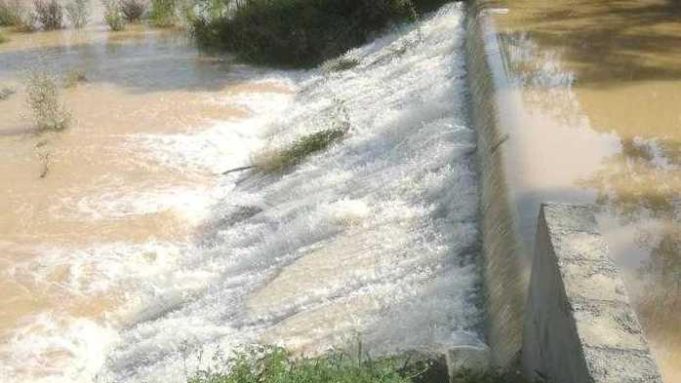Hinterland: Zero flooding thanks to new hydraulic works
The double wave of storms on Friday dumped 50 millimeters of rain in less than 4 hours in the hinterland. Half of the water that fell from the sky was not drained, and in other times it would have caused disastrous floods in Rezzato and Botticino. However, apart from the damage caused by the wind, no floods were recorded thanks to the two flood control areas in the municipalities, inaugurated in June.
The project
The excess water was contained by hydraulic basins, forming small lakes. The facilities, which also serve as a reservoir for irrigation purposes, passed their first test with flying colors, or rather, with water. The works, funded by the Region with 2,200,000 euros, have helped mitigate flooding caused by the Rino-Musia stream in the high-risk area, protecting the downstream inhabited centers. The flood control area in Botticino, which drains excess water into the Fontanone stream, has a capacity of 34,000 cubic meters and covers an area of 27 square meters. The one in Rezzato is larger, with a volume of 50,000 cubic meters over an area of 39,000 square meters. The small basin in Molino Prati di Botticino has also been expanded, with a volume increased from 16,000 to 26,000 cubic meters. And soon the residents of Virle will be able to sleep peacefully without the risk of finding water in their homes during heavy rainfalls. This is thanks to the new flood control basin taking shape between via XX Settembre and via Cesare Battisti, upstream of the entrance to the Virle Valley. This 700,000 euro project, funded by the Region, was carried out by the Chiese Reclamation Consortium, which was responsible for the design and awarding of the works. All of this is part of a broader project to prevent the risk of flooding from the Naviglio Grande and Rudone rivers.
Prevention
“The two flood control basins in Botticino and Rezzato have shown their efficiency even in extreme conditions. The renewed hydraulic system held the flood wave. This encouraging circumstance demonstrates how the prevention work carried out by the Lombardy Region has been fundamental,” says Regional Councilor for Territory and Green Systems, Gianluca Comazzi. “However, we must not lower our guard and continue to invest in measures for prevention and risk mitigation, considering the damage in other parts of Brescia. This series of works shows that intervening in the prevention of hydraulic risk is the best choice.”

























































